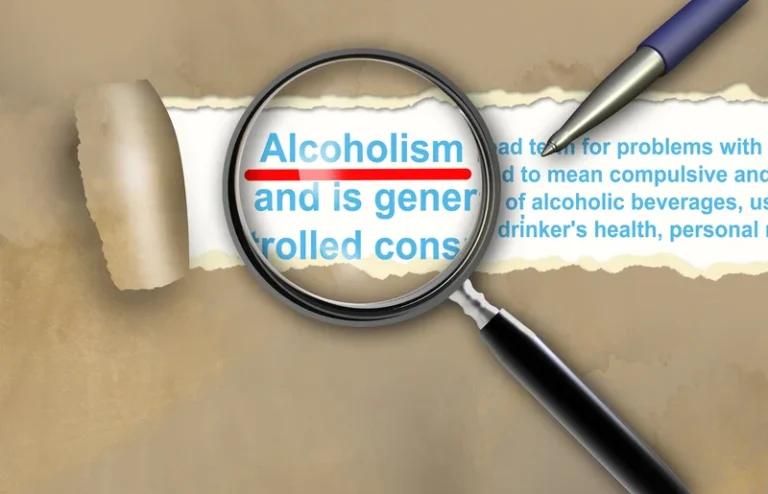
The condition gradually develops after the onset of the initial stages of rosacea, which typically happen between the ages of 25 and 50. An alcoholic nose is not a true diagnosis of alcoholism or even a bulbous nose from alcohol sign of it in many cases. As stated earlier, the medical definition of an alcoholic nose is rhinophyma. Usually, we can diagnose rhinophyma with this information, without the need for further testing.
Questions About Treatment?
- We’re one of the world’s top academic medical centers, with a unique legacy of innovation in patient care and scientific discovery.
- It may be encouraging to know that approximately 90 percent of individuals with rosacea reported that limited alcohol intake helped to significantly decrease sudden outbreaks.
- We believe in you and encourage and support you during addiction treatment.
- You are lifted by a community that understands your needs and validates your experience throughout your recovery journey.
Similarly, this removes the stereotype that everyone who suffers from rhinophyma is an alcoholic. There are many common misconceptions when it comes to rhinophyma. Of course, there are many snap judgments that people make when they see the physical effects of rhinophyma in person, especially in extreme cases.
Rhinophyma and Alcohol Treatment
- Experts theorize that androgenic hormones found in males may trigger rhinophyma.
- Szymańska-Skrzypek, Anna; Burduk, Paweł K.; Betlejewski, Stanisław.
- Rosacea can be treated in its early stages with antibiotics, including topical creams.
- People can experience rhinophyma without being alcoholics or even drinking much alcohol.
- The symptoms might be very mild for an amount of time and then the cycle is repeated again.
The condition is much more common in males than females and usually develops between the ages of 50–70. The condition may also produce problems with a person’s eyes and eyelids as well as vision problems. Call us now to get help finding the ideal alcohol recovery program. Drinking alcohol enlarges the blood vessels, which makes them more susceptible to bursting. Take our short alcohol quiz to learn where you fall on the drinking spectrum and if you might benefit from quitting or cutting back on alcohol.

Find Help for Alcohol Use Disorders and Alcoholic Nose
He referred to his large, bulbous nose as a “gin blossom,” which gained traction as part of the public image of what an alcoholic looks like. The treatment for bulbous nose or rhinophyma will depend on whether it’s still in the initial stage or has developed to a later stage of the condition. The treatment may also differ depending on the extent of the condition.
Rhinophyma (enlarged nose)

Some evidence shows that a person can be genetically predisposed to rhinophyma, as it runs in families of Scandinavian, English, Scottish, and Eastern European descent. Rhinophyma is treated with surgery, but acne medication can help in some cases. Extreme disfigurement of the nose can narrow the airways in the nose, making it difficult to breathe.

W.C. Fields was a popular U.S. comedian who appeared on stage and in several movies in the first half of the twentieth century. He was known for his large, bulbous nose and his connection with alcohol. To find another treatment program, browse the top-rated addiction treatment facilities in each state by visiting our homepage, or by viewing the SAMHSA Treatment Services Locator. However, these treatment methods have not been effective for reducing swelling or the appearance of bumps on the nose from rhinophyma. The shoulders and chest are also susceptible to looking more flushed or red after drinking alcohol.
Wet Brain Explained: Signs and Seeking Treatment
- Her long-term treatment plan then included a prescription for Accutane.
- Having a big nose, even as a result of rosacea, is not necessarily a sign of alcoholism.
- There are some things to keep in mind when trying to avoid potential triggers of this condition.
- The treatment may also differ depending on the extent of the condition.
Though this can be simply a genetic trait, it can also be a medical condition known as “Rhinophyma”, also referred to as bulbous nose. Even though research is debunking the connection between alcoholism and rhinophyma, there is still a stigma attached to this disorder. It can be difficult for people with rhinophyma to go out in public due to the judgment they receive from others based on the appearance of their nose. Overall, doctors strongly encourage individuals with rosacea or rhinophyma to avoid alcohol altogether, and if they are not able to avoid alcohol, only drink very sparingly.

This can lead to further mental health issues, such as depression or anxiety, as well as an overall loss of pleasure in life. The exact cause of rhinophyma is unknown beyond the fact that it is related to rosacea, and for some people who develop it, it can be a mystery as to why. It is most common in older white males above the age of 50, though rosacea can affect people of any age including children. It is more common in men than women and typically affects people of Caucasian descent. Few long-term studies have explored how often rhinophyma recurs after surgery, though limited research suggests that this is possible. One option is topical metronidazole (Metrocream), a drug that reduces skin inflammation by inhibiting the generation of reactive oxygen species.
- We can help find a detox or treatment program that will help get the services needed on the road to recovery.
- Surgery, including laser treatment or dermabrasion, may be necessary to remove large bumps on the nose from rhinophyma if they interfere with breathing.
- It is more common in men than women and typically affects people of Caucasian descent.
Below are some of the most common physical indications that you or a loved one may have alcoholic nose. The condition is most common in men between the ages of 50 and 70. Because alcohol dilates blood vessels and damages the vascular system, it can aggravate rhinophyma and other types of rosacea. Surgical therapy, along with topical treatments, are incredibly effective for helping return the nose to its original shape without harming the bone and cartilage structures. With surgical treatments, care must be taken to avoid disturbing cartilage while leaving enough skin to ensure proper healing with minimal scarring.

Leave a Reply